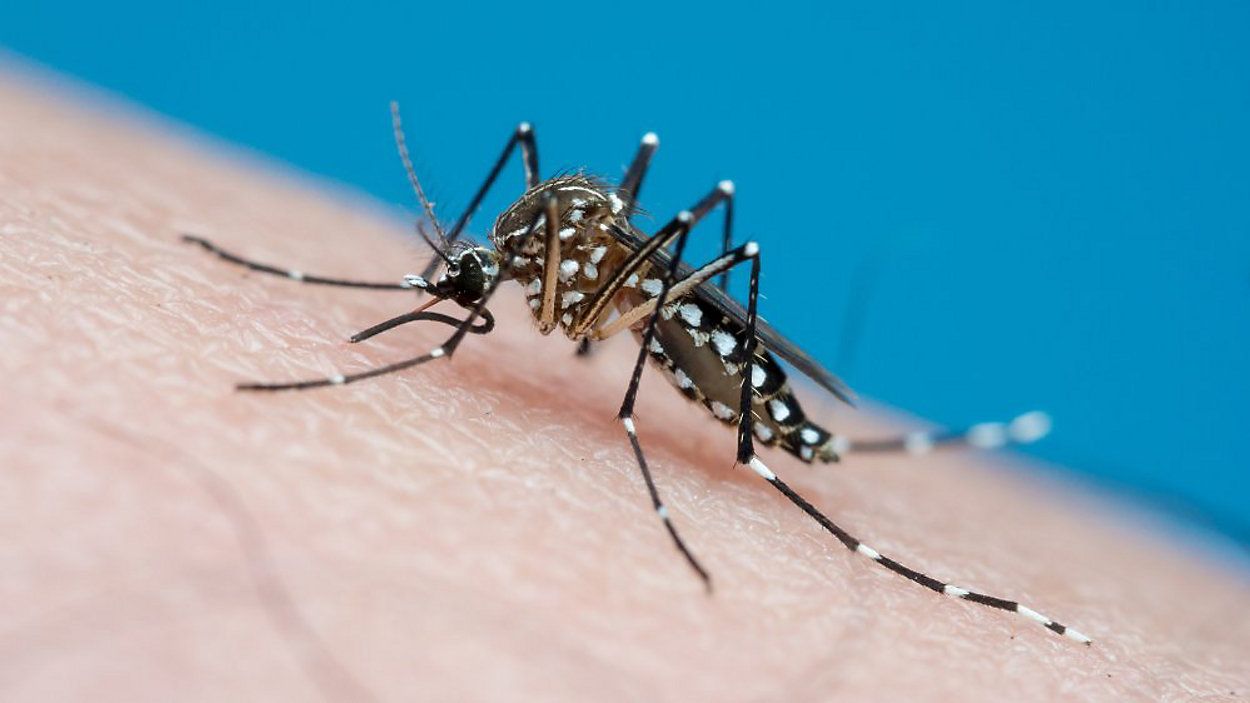OHIO — The Ohio Department of Health is continuing to track vector-borne diseases in the Buckeye State, noting a rise in Lyme disease, West Nile Virus and anaplasmosis cases in its Nov. 1 report.
Vector-borne diseases are spread through mosquitos, fleas and tick bites.
ODH reported 12 West Nile Virus cases belonging to six females and six males. The department reported four asymptomatic blood donors, one avian case and three equine cases as well.
The human cases were reported in Lucas, Henry, Hancock, Auglaize, Franklin, Lorain, Cuyahoga, Stark and Ashtabula counties.
West Nile Virus symptoms include fever, headache, body aches, vomiting, diarrhea or rash, according to the Centers for Disease Control and Prevention.
There was also an uptick in Lyme disease cases from 1,002 to 1,118 cases. The cases belong to 506 females and 610 males.
The top counties reporting cases include: Tuscarawas County with 81; Jefferson County with 76; Licking County with 74; Columbiana County with 63 and Stark County with 56.
Common symptoms of tick bites to monitor include fever, rash, chills, aches and pains. The CDC recommends limiting exposure to areas the insects are known to reside in to prevent contracting tick-related diseases. The department said EPA-registered insect repellent containing DEET or products with 0.5% permethrin can also help with preventing bites.
ODH also reported 17 anaplasmosis cases belonging to six females and 11 males.
The department also reported unchanged numbers for La Crosse, three cases; babesiosis, three cases; Rocky Mountain spotted fever cases, 13; and Ehrlichiosis cases, 17.
For more information on preventing tick bites, click here.



